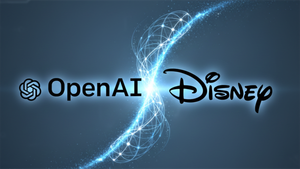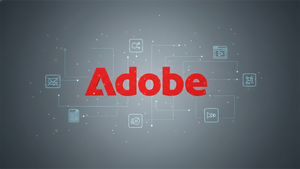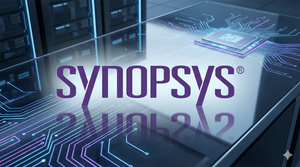MC and Maruha Nichiro Agree to Establish New Joint Venture in Salmon (land-based)
By:
JCN Newswire
June 30, 2022 at 02:23 AM EDT

TOKYO, Jun 30, 2022 - (JCN Newswire) - Mitsubishi Corporation (MC) and Maruha Nichiro Corporation (Maruha Nichiro) are pleased to announce our agreement to establish a new joint venture company, ATLAND Corporation (ATLAND), that will specialize in the land-based production of salmon. ATLAND will be established in Nyuzen town of Toyama prefecture in around October 2022.1
The investment ratio of ATLAND will be MC 51% and Maruha Nichiro 49%. Following the establishment of the company, a land-based aquaculture facility with a capacity of 2,500 tons (live weight equivalent) will be constructed in Nyuzen town, with the aims of starting operations in 2025 and completing the first delivery in 2027.
MC and Maruha Nichiro have been discussing the joint promotion of this project since March 2021. This project is expected to help develop a sustainable and stable land-based production system, efficient digital-tech-based operations, local production for local consumption, and progress in decarbonization. Our companies are both dedicated to leveraging our strengths and businesses to simultaneously generate economic, environmental and societal value.
Local Production for Local Consumption of Salmon
There are few suitable locations for conventional salmon aquaculture, due to the need for year-round low seawater temperatures, mild weather and wave activity. For those reasons, the vast majority of the world's farmed salmon is produced in Norway and Chile, but expectations are that global demand for this high-quality animal protein will continue to grow in the future. The aim of our joint project is to create a local-production-for-local-consumption business model in Japan's salmon industry.
Low-Carbon, Carbon-Free / Digitalization
This business model is expected to produce fewer greenhouse gas emissions compared to the practice of importing fresh salmon to Japan by air from salmon-farming countries.
In addition, land-based aquaculture that uses Recirculating Aquaculture Systems (RAS)2 is highly compatible with digital technologies. These systems use advanced water-treatment technologies to control and manage the farming environment. By employing these methods, we aim to take advantage of AI and IoT to stabilize production, and otherwise optimize our own salmon farming operations.
Water Resources in Nyuzen Town
ATLAND's facility uses ground water originating from the Kurobe River and deep seawater3 from the Toyama bay. Deep seawater is characterized by its cleanliness and low, stable temperature, which makes it possible to operate the facility by reducing the amount of energy required to create a water environment suitable for land-based production.
1. Completion of this project is subject to the approval of the relevant regulatory authorities.
2. This model of land-based salmon aquaculture involves using special technologies to circulate water in and out of tanks where the fish are raised. The water is treated, removed of waste, and cleaned before it is pumped back into the tanks. This creates a controlled environment that supports health and welfare of the salmon throughout the growth cycle.
3. In Toyama prefecture, a large amount of low-temperature "Japan Sea Proper Water" exists at depths of 300m or more.
Copyright 2022 JCN Newswire. All rights reserved. www.jcnnewswire.com
More News
View More
Disney's $1 Billion Deal Brings Its Magic to OpenAI ↗
December 13, 2025
Via MarketBeat
Tickers
DIS

Why Amazon Could Be a $300 Stock Within Weeks ↗
December 13, 2025
Via MarketBeat
Tickers
AMZN

Adobe Gets Post-Earnings Lift: Long-Term Outlook Favors Upside ↗
December 13, 2025
Via MarketBeat
MarketBeat Week in Review – 12/8 - 12/12 ↗
December 13, 2025

Synopsys Sees Bullish Shift as Ansys Integration Drives Growth ↗
December 12, 2025
Via MarketBeat
Recent Quotes
View More
Stock Quote API & Stock News API supplied by www.cloudquote.io
Quotes delayed at least 20 minutes.
By accessing this page, you agree to the Privacy Policy and Terms Of Service.
Quotes delayed at least 20 minutes.
By accessing this page, you agree to the Privacy Policy and Terms Of Service.
© 2025 FinancialContent. All rights reserved.
>